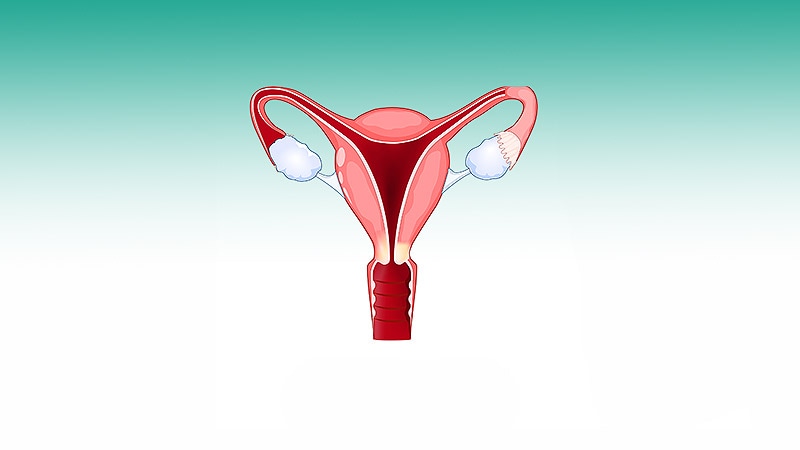Fitness
Could British Columbia Eliminate Cervical Cancer by 2031?

British Columbia (BC) could eliminate cervical cancer within the next 20 years if the province shifts from cytology to human papillomavirus (HPV)–based screening before the end of the decade, data suggested. To achieve this goal, the province will also need to reach historically underscreened, equity-seeking populations (ie, Black, indigenous, immigrant, LGBTQ, and disabled patients, and those with sexual trauma) through mailed self-screening HPV tests.
The adoption of both these strategies is essential, according to a modeling study that was published on June 3 in CMAJ, especially because the true impact of HPV vaccination has yet to be fully realized.
“In BC, we have a school-based program to increase vaccine coverage in boys and girls starting in grade 6,” study author Reka Pataky, PhD, a senior research health economist at the Canadian Centre for Applied Research in Cancer Control and BC Cancer in Vancouver, British Columbia, Canada, told Medscape Medical News. Pataky noted that this immunization program was launched in 2008 and that some of the initial cohorts haven’t yet reached the average age of diagnosis, which is between 30 and 59 years.
Three’s a Charm
The investigators undertook a modeling study to determine when and how BC might achieve the elimination of cervical cancer following a transition to HPV-based screening. Elimination was defined as an annual age-standardized incidence rate of
Modeling scenarios were developed using the Canadian Partnership Against Cancer’s priority targets, which include increasing HPV vaccination through school-based coverage from 70% to 90%, increasing the probability of ever receiving a screening test from 90% to 95%, increasing the rate of on-time screening from 70% to 90%, and improving follow-up to 95% for colposcopy (currently 88%) and HPV testing (currently 80%). Modeling simulated HPV transmission and the natural history of cervical cancer in the Canadian population and relied upon two reference scenarios: One using BC’s cytology-based screening at the time of analysis, and the other an HPV base-case scenario.
The researchers found that with the status quo (ie, cytology-based screening and no change to vaccination or screening participation rates), BC would not eliminate cervical cancer until 2045. Implementation of HPV-based screening at the current 70% participation rate would achieve elimination in 2034 and prevent 942 cases compared with cytology screening. Increasing the proportion of patients who were ever screened or increasing vaccination coverage would result in cervical cancer elimination by 2033. The time line would be shortened even further (to 2031) through a combination of three strategies (ie, improving recruitment, on-time screening, and follow-up compliance).
Low Incidence, Strained System
The incidence of cervical cancer in Canada is relatively low, accounting for 1.3% of all new female cancers and 1.1% of all female cancer deaths.
“The reason that we have such low rates is because we have organized screening programs,” explained Rachel Kupets, MD, associate professor of gynecologic oncology at the University of Toronto and Sunnybrook Hospital, Toronto, Ontario, Canada. She was not involved in the study.
“We’re starting to see what happens when the system gets strained with lower participation rates. I am starting to see a lot more women with invasive cervical cancer. They’re younger, and their cancers are less curable and less treatable,” she said.
Difficulties with access, interest, and education have contributed to low cervical screening rates among equity-seeking populations, according to Pataky and Kupets.
“Self-screening is another tool that can incrementally benefit those folks who wouldn’t otherwise undergo screening or don’t want an invasive test,” said Kupets. It can also play an increasing role, while current access to primary care services in Canada is at an all-time low. Community outreach through centers, mobile coaches, and nursing stations might help ensure participation by at-risk populations. These measures also could boost follow-up for and education about positive results, said Kupets.
In a related editorial, Shannon Charlebois, MD, medical editor of CMAJ, and Sarah Kean, MD, assistant professor of gynecologic oncology at the University of Manitoba in Winnipeg, Manitoba, Canada, emphasized the need for mailed HPV self-screening kits to be paid for and integrated into provincial cervical cancer screening programs across Canada to support earlier cervical cancer detection and lower invasive cancer rates.
Pataky concurred. “There have been discussions about making the big transition from traditional cytology to implementing HPV self-screening,” she said. “We have really effective tools for preventing cervical cancer, and it’s important to not lose sight of that goal.”
The study was funded by the National Institutes of Health. Pitaky and Kupets reported no relevant financial relationships.
Liz Scherer is an independent health and wellness journalist based in the United States.










